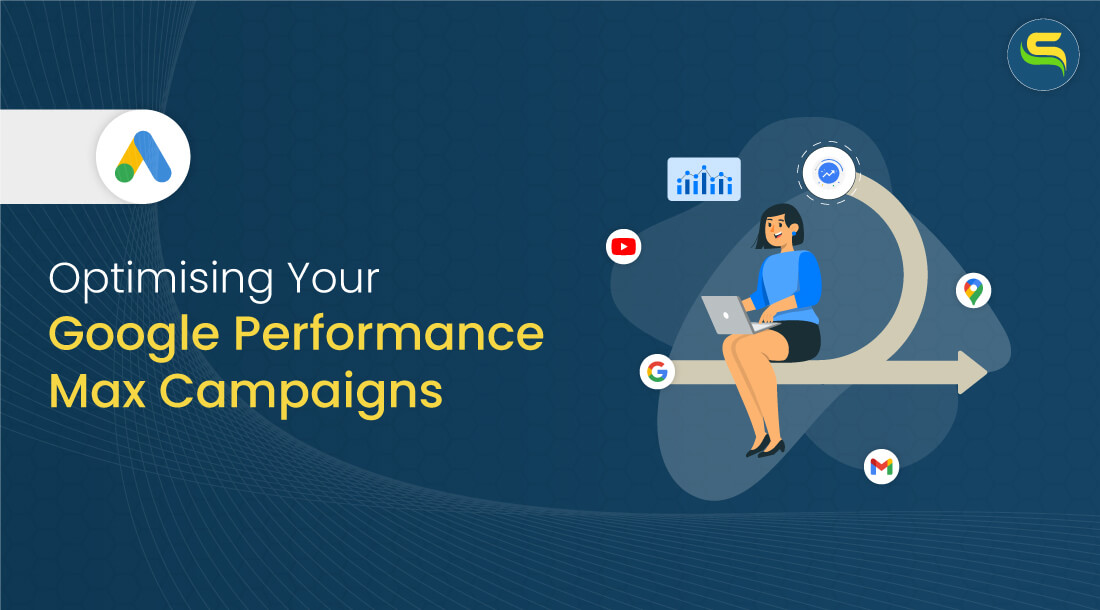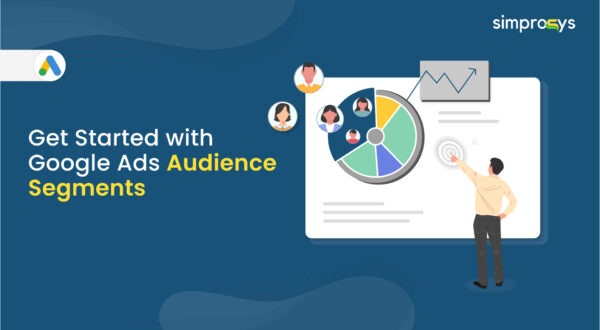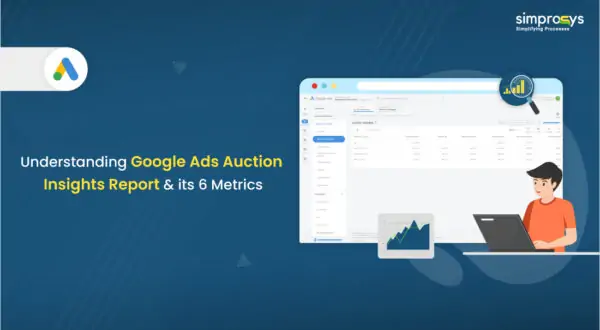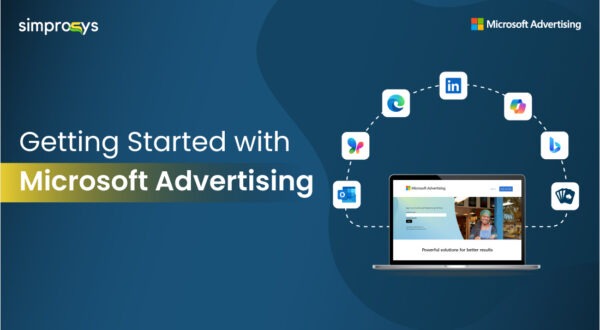Google Performance Max Optimization: 8 Tips for Better Campaign Performance

As you know, Google Performance Max campaigns offer a comprehensive way to advertise across all of Google’s inventory, including YouTube, Display, Search, Discover, Gmail, and Maps. By using Google’s machine learning, Performance Max campaigns aim to maximize conversions and value for your business. Along with creating your campaign and running it successfully, it’s equally important to optimize Google Performance Max campaigns.
In the previous blogs, we have already seen how to get started with Google Performance Max campaigns and how to evaluate them. However, to utilize the full potential of the campaigns, optimization is crucial.
Here are eight effective ways to optimize Google Performance Max campaigns, along with the action steps that you can follow:
Tips to Optimize Google Performance Max Campaigns
1. Leverage Campaign Insights:
Google Performance Max Campaigns provides detailed insights and reports that can help you understand how your campaigns are performing, and where there are opportunities for improvement. Regularly reviewing these reports will enable you to make better decisions.
Identify High-Performing Assets
- Review performance reports to pinpoint top-performing creatives, headlines, and descriptions.
- Replicate successful elements in new ads to boost overall campaign performance.
Spot Low-Performing Elements
- Regularly check asset reports in order to identify low-performing elements.
- A/B test new variations of underperforming assets to find better alternatives.
- Remove or update low-performing assets to improve campaign efficiency.
2. Refine Audience Targeting:
Basically, audience signals help Google’s machine learning algorithms to understand who your target customers are, allowing for more precise ad targeting. Using audience insights, you can guide the algorithms to optimize Google Performance Max Campaigns for the most relevant and high-intent audiences.
Adjust Audience Signals
- Use customer lists, website visitor data, and engagement audiences.
- Implement Google Analytics to track and analyze audience behavior and preferences.
- Create detailed audience segments based on demographics, interests, and behaviors.
Exclude Irrelevant Audiences
- Identify audience segments that show low conversion rates.
- Add these segments to your exclusion list to prevent wasted ad spend.
- Continuously monitor and update your exclusion list based on performance data.
3. Optimize Creative Assets:
Creatives are the heart of your campaigns. Google uses a variety of ad formats and placements, so providing diverse and high-quality creative assets will enable the algorithms to match your ads with the right audience better.
Test Variations
- Ensure your creative assets include a mix of videos, images, and text with multiple variations.
- Run A/B tests to determine which variations perform best.
- Implement the top-performing creatives across your campaigns.
Update Regularly
- Set a schedule for refreshing your creative assets (e.g., every quarter).
- Analyze engagement metrics to identify when assets are losing effectiveness.
- Replace outdated creatives with fresh, relevant content so as to maintain audience interest.
PRO TIP
Variety is Key: Provide a buffet of options for Google’s algorithm to work with. Include at least 20 text headlines and descriptions, 7 images (various sizes), and at least 1 video. The more options you give, the better PMax can tailor ads to different audiences.
4. Enhance Product Feeds:
For e-commerce campaigns, the quality of your product feed is critical. Ensure accuracy by regularly updating and auditing your product information in order to maintain consistency.
Ensure Accuracy
- Regularly audit your product feed for accuracy and completeness.
- Use feed management tools to automate updates and corrections.
- Check for and fix any errors or discrepancies in product information.
Optimize Titles and Descriptions
- Research and include relevant keywords in product titles and descriptions.
- Write clear, compelling descriptions that highlight key product features and benefits.
- Ensure that titles and descriptions are concise and aligned with search intent.
Use High-Quality Images
- Use professional photos to create high-resolution product images.
- Ensure images are well-lit and clear, and show the product from multiple angles.
- Test different image styles to see which ones drive higher engagement and conversions.
5. Monitor Budget Allocation:
Budget allocation is crucial for maximizing the performance of your campaigns. Google’s automated bidding can help achieve your goals, but it’s important to continuously monitor and adjust your strategies based on campaign performance and business objectives.
Adjust Budgets
- Review budget reports regularly to identify high-performing campaigns.
- Reallocate the budget from underperforming campaigns to those with better ROI.
- Use performance data to make accurate decisions about budget adjustments.
Use Shared Budgets
- Set up shared budgets to allow Google to optimize spending across multiple campaigns.
- Monitor the performance of campaigns using shared budgets to ensure efficient allocation.
- Adjust shared budget settings as needed to reflect changes in campaign performance.
6. Analyze Conversion Paths:
Understanding the user journey can provide insights into optimization opportunities. Therefore, it allows you to measure the actions that matter to your business and provides the data needed to optimize your campaigns for better results.
Use Google Analytics
- Set up conversion tracking for key actions like purchases, sign-ups, and form submissions.
- Analyze the data to understand how users interact with your ads and website before converting.
- Identify key touchpoints and optimize your campaigns to support the most effective conversion paths.
Optimize Landing Pages
- Conduct usability testing to ensure your landing pages provide a seamless user experience.
- Optimize landing page load times and mobile responsiveness.
- Use clear calls to action (CTAs) and relevant content to drive conversions.
7. Implement A/B Testing:
Continuous testing is the key to optimizing a campaign. By experimenting with different elements of your campaigns, you can identify what works best and continuously improve performance.
Test Different Strategies
- Create different versions of your ads, targeting options, and bidding strategies.
- Set up controlled A/B tests to compare the performance of different variations.
- Use statistically significant results to implement future campaign decisions.
Measure Impact
- Use Google Ads and Analytics to track the results of your A/B tests.
- Document findings and implement changes based on test outcomes.
- Continuously test new variations to keep improving campaign performance.
8. Keep up with Features:
Keeping up with the latest trends and features in Google Performance Max campaigns ensures you use new tools and strategies to enhance campaign performance.
Follow Google Ads Announcements
- Subscribe to Google Ads blogs and newsletters to stay informed about new features and updates.
- Regularly check the Google Ads Help Center for the latest best practices and guidelines.
- Implement new features and updates as they become available to stay ahead of competitors.
Attend Webinars and Training
- Register for Google Ads webinars and training sessions to enhance your knowledge and skills.
- Participate in industry conferences and workshops to network with other professionals and experts.
- Apply insights from these sessions to optimize your Performance Max campaigns.
Above all, to Optimize Google Performance Max campaigns, we require a strategic approach and continuous effort. By providing high-quality creative assets, utilizing audience signals, optimizing your feed, monitoring and adjusting the budget, leveraging insights and reports, continuous testing, and focusing on conversion tracking, you can maximize the performance and the ROI of your campaigns.
Remember, the key to success lies in the continuous process to adapt and innovate based on your insights and analysis. Further, you can easily track the basic data of your Performance Max campaign in our Simprosys Google Shopping Feed app.
Feel free to let us know in the comments section the tips and tricks you follow for optimizing your Google Performance Max Campaigns.






Leave a Reply